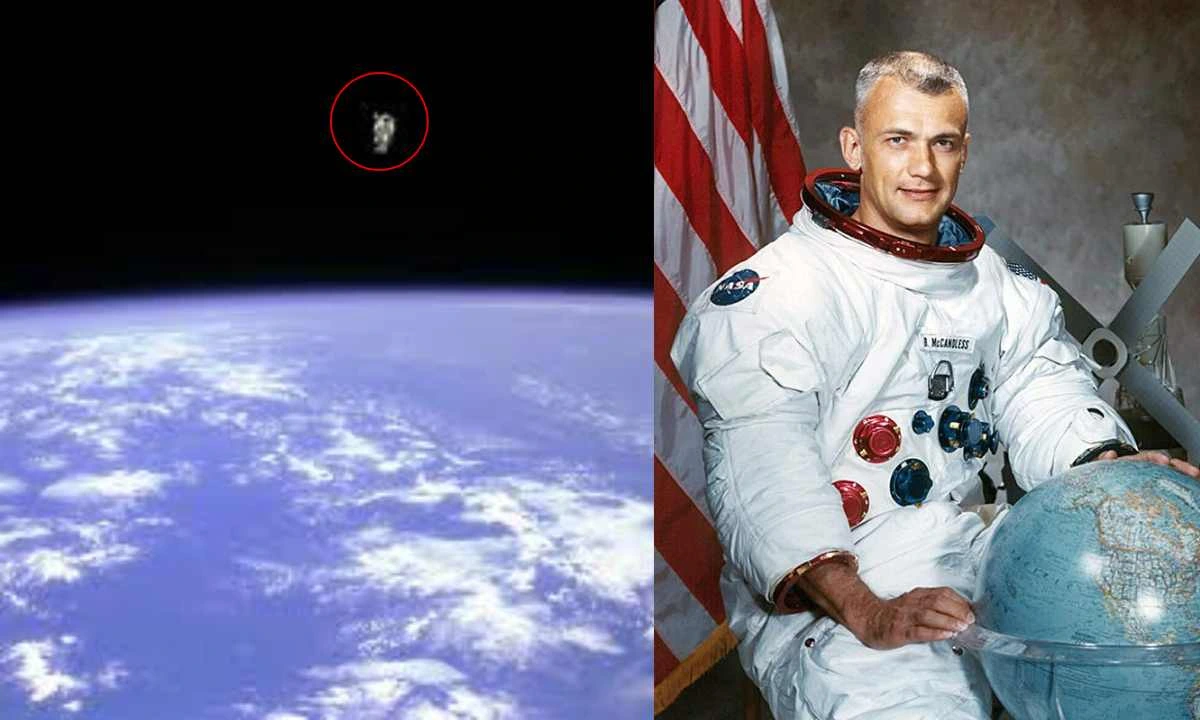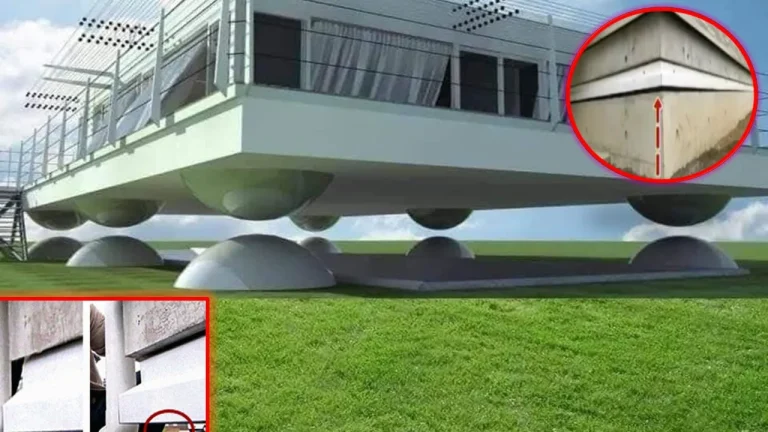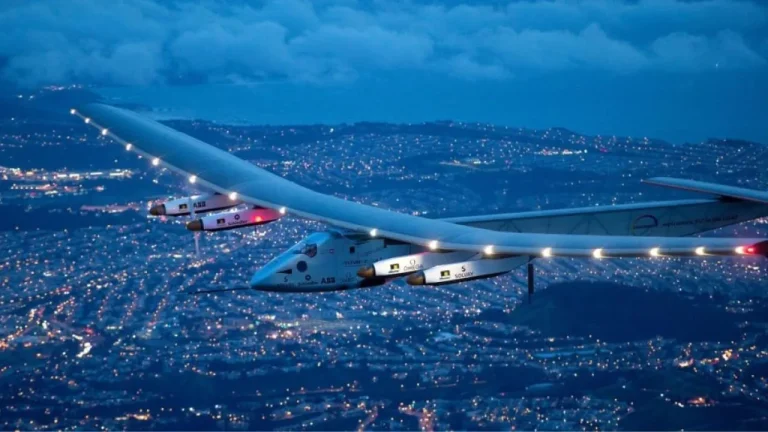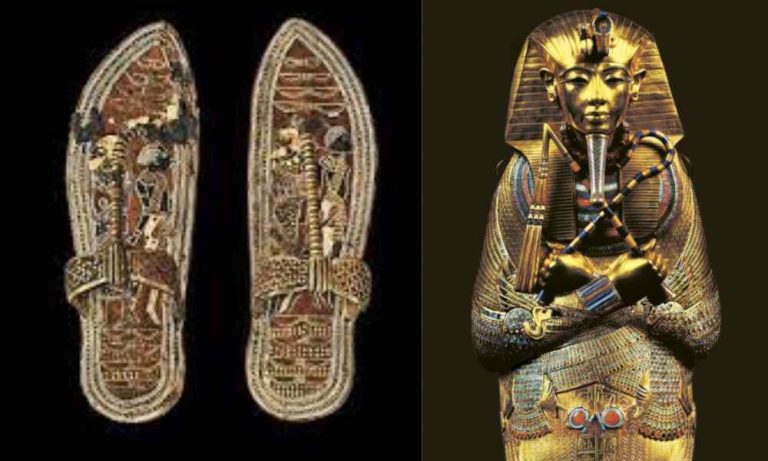The First Human Ever To Do An Untethered Space Walk Surrounded By Nothing But Empty Space!
On February 7, 1984, Bruce McCandless made history by becoming the first human to perform an untethered spacewalk. Floating free in the void, he stepped out of the space shuttle Challenger, equipped with a groundbreaking piece of technology. It allowed him to drift 320 feet (100m) away from the spacecraft. It was a moment that showed immense scientific achievement. The photograph of him floating in trillions of miles of empty space, taken by McCandless’s fellow crewmembers is to this day one of the most iconic captures of all time.
McCandless shared that the experience was amazing but it was so cold and his teeth were chattering. This milestone was part of a NASA mission aboard Challenger, which had faced numerous technical challenges before McCandless’s daring walk turned the tide in their favor. Let’s have a closer look.
The Iconic Image
One of the most memorable images from this mission captures McCandless suspended in the endless blackness of space, with Earth’s vivid blue curvature stretching below. The photograph, taken by astronaut Robert L. “Hoot” Gibson, shows McCandless glowing in his white suit, a stark contrast against the pitch black and empty space.

“I had my sun visor down, in reality, for no particular reason other than keeping the sun out of my eyes, and so it could be just about anybody in there. And I think that’s part of the attraction. I guess it’s fair to say I’ve been amazed by the number of different folks who’ve come up to me and said, Hey, I have your picture in my bedroom. It’s really become iconic of the space program, and in some ways, it seems to represent the embodiment of humanity’s desire to be free from gravity and to be able to fly around in the cosmos.”
Bruce McCandless said in an interview with National Geographic
The Manned Maneuvering Unit (MMU)
McCandless’s spacewalk was made possible by the Manned Maneuvering Unit (MMU), a nitrogen-propelled jetpack designed for astronauts to move freely outside their spacecraft. This invention revolutionized astronaut mobility, enabling tasks far from the safety of the shuttle.
The MMU allowed McCandless to test maneuvers in zero gravity, proving its capabilities for future missions. As McCandless later joked, “It may have been one small step for Neil, but it’s a heck of a big leap for me.”
“What was it like out there? The single thing that disturbed me the most was when I got away from the shuttle, I got extremely cold. Shivering, teeth chattering. The reason for that is that the H, or hot, position on the life support system isn’t really hot. It’s just sort of minimal cooling, and the suit was designed to keep an astronaut cool and comfortable in a warm environment when working hard. [On this untethered walk], you’re really not doing any significant labor. Flying the MMU is like moving your fingertips. You’re not generating a significant amount of metabolic heat, and the remedy for that is just to turn the cooling system off completely.”
Bruce McCandless said in an interview with National Geographic

The Road to the Spacewalk: Challenges of the Mission
The Challenger mission launched on February 3, 1984, with high hopes. NASA planned a weeklong journey packed with experiments and satellite deployments. However, things didn’t go as smoothly as planned.

Technical Failures and Setbacks
The mission faced multiple embarrassing challenges:
- The first communication satellite, Westar 6, disappeared after deployment. NASA admitted over the radio, “We can’t find it. It’s not where it’s supposed to be.”
- A Mylar balloon experiment designed to test orbital rendezvous burst upon inflation.
- The shuttle toilet malfunctioned completely, adding to the crew’s frustrations.
- Another satellite, Palapa B-2, also vanished shortly after its release. The combined loss of the satellites cost $180 million.
Amid these mishaps, NASA faced growing public scrutiny and pressure to deliver something spectacular to redeem the mission.
The Spacewalk: A Leap into the Unknown
On the fifth day of the mission, astronauts Bruce McCandless and Robert L. Stewart prepared to test the MMU. The crew took extensive safety precautions, including laser trackers and robotic arms to retrieve McCandless if anything went wrong.
The Walk Itself
At 7:25 AM Houston time, McCandless fired up the MMU and floated out of Challenger’s cargo bay. He controlled the jetpack with joysticks, moving with calculated precision.
His emotions oscillated between awe and nervousness. Despite years of training, he admitted, “My palms prickled with sweat; my heart quickened.” He glided to a maximum distance of 320 feet from the shuttle, marveling at the sight of Earth below: “Looks like Florida. It is Florida!”
The astronaut described the sensation of flying through space as surreal. Though the MMU performed flawlessly, the cold inside his suit became unbearable at times, causing his teeth to chatter.
McCandless tested the MMU’s full capabilities, performing somersaults and directional adjustments. Despite his courage, he never turned his back on Challenger, knowing it was his only way home.
After nearly six hours, McCandless and Stewart returned to the shuttle. Their experiment was a success, and NASA had finally achieved a moment of triumph on the mission.
“As a blanket statement, I believe I’m OK in saying that just about everyone who has flown in space and looked down on the Earth has altered their perception of it. And the prevailing feeling seems to be that when we look down from space, we really can’t see the political subdivisions, and we wonder, why us—meaning everybody that’s on spaceship Earth—why we can’t learn to work with each other and get along.”
Bruce McCandless said in an interview with National Geographic (when asked if seeing Earth from above has changed perception).
Conclusion
The spacewalk demonstrated human ingenuity and bravery, marking a milestone in NASA’s history. Beyond its technical achievements, McCandless’s feat reminds us of the profound philosophical implications of venturing into the unknown. Alone in the vastness of space, he showed what humanity can accomplish when we push boundaries and embrace challenges.
Bruce McCandless’s untethered spacewalk remains one of the most extraordinary moments in space exploration. It wasn’t just a technological breakthrough; it was a testament to human courage and the enduring desire to explore the cosmos.
Also read,







